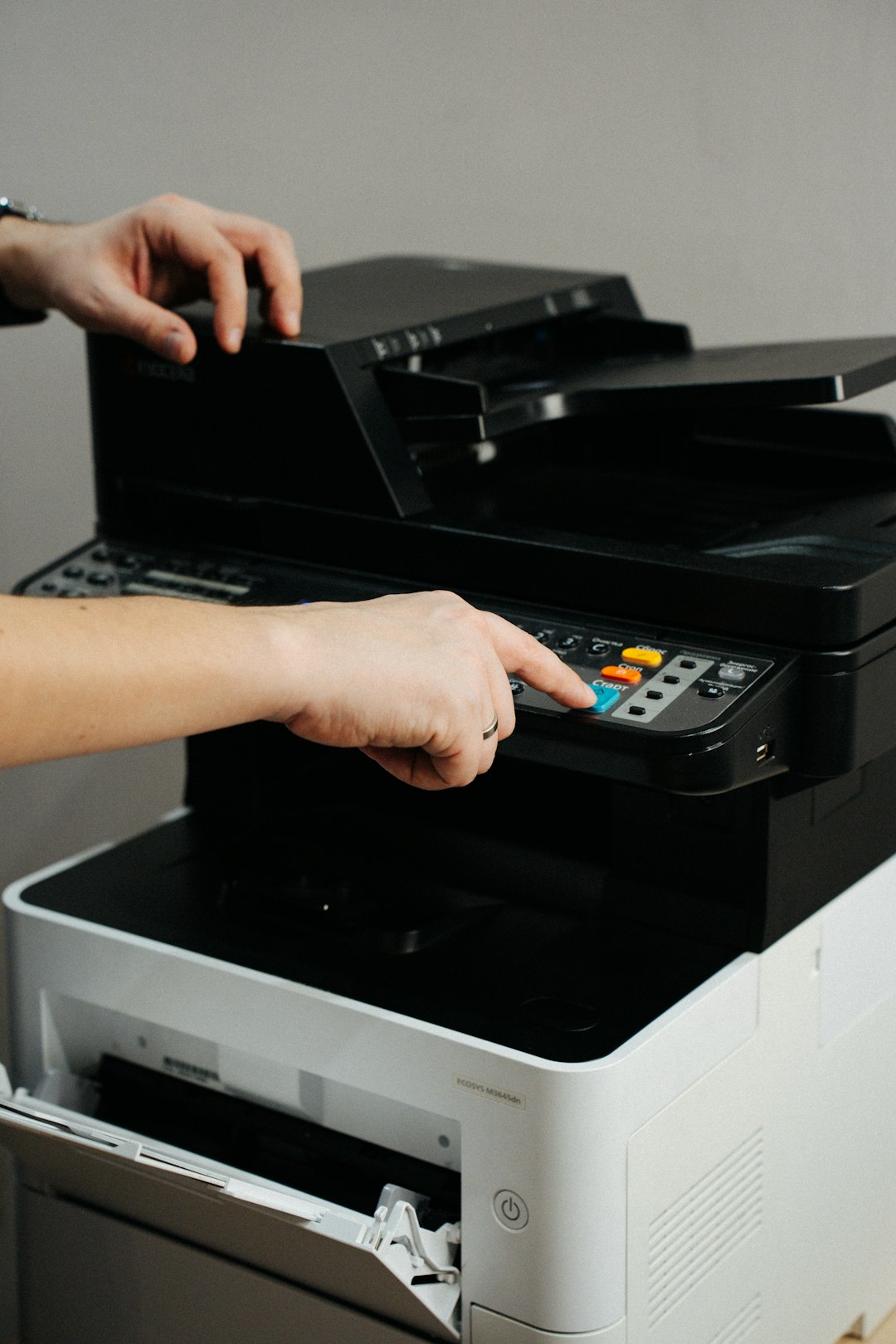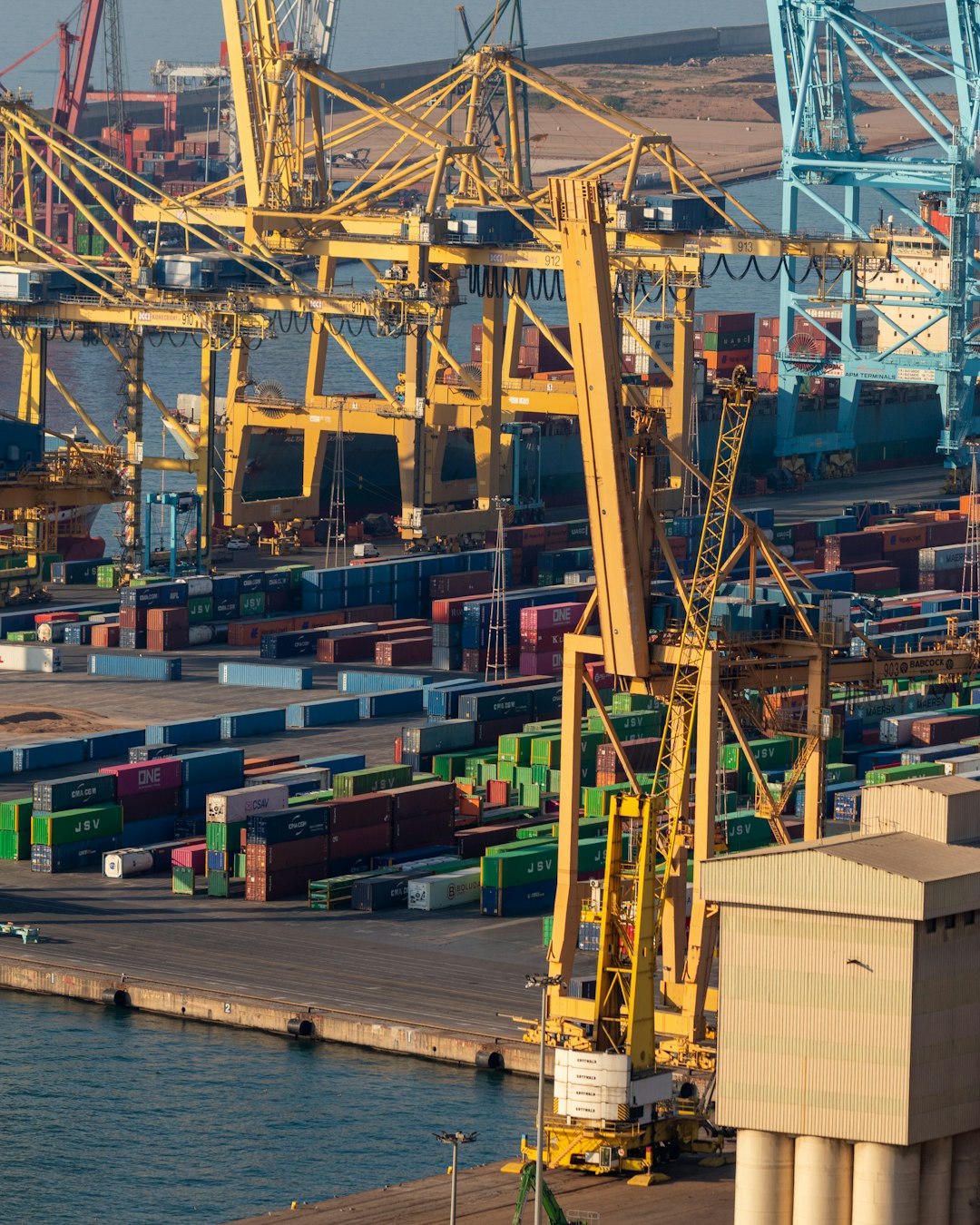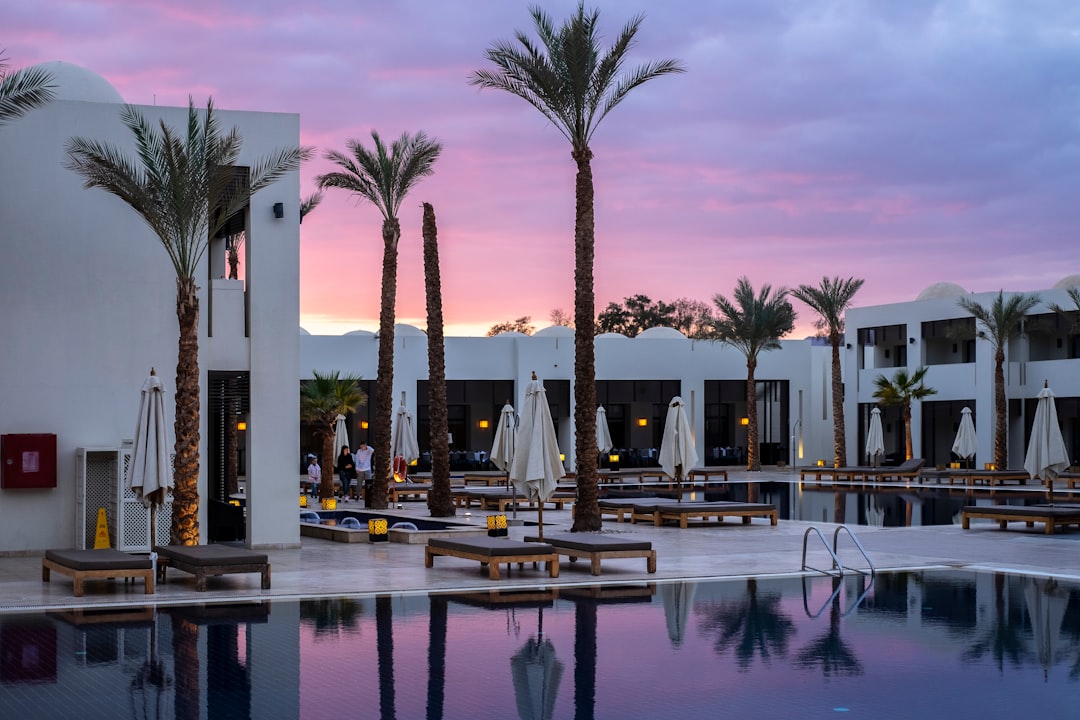Slow motion cinematography is an art form that has been around for several decades. It is a process of capturing motion at a slower frame rate than the normal speed, resulting in captivating and visually stunning footage. Most people have experienced slow motion in action movies, where the hero jumps in slow motion to avoid a bullet or a car explosion.
However, slow motion cinematography is not only limited to action movies. Filmmakers are utilizing it in many genres to add impactful visuals and create emotional depth. Slow motion creates a sense of wonder, encapsulating the viewer in the moment and letting them see things from a unique perspective.
Some of the most memorable movie moments have come from slow motion cinematography. Think of the iconic running scene in the movie Chariots of Fire, where slow motion was used to convey the difficulty and passion behind running. Another example is the love scene in Baz Luhrmann’s Romeo + Juliet, where slow motion was used to capture the lovers’ emotions and visual cues.
Slow motion is also used in sports documentaries to highlight the sheer physical ability and talent of athletes. It allows fans to see the intricate details of an athlete’s movements, the sweat on their skin, and the determination on their faces. It’s almost as if the athletes are moving in slow motion, showcasing their skills in a way that would otherwise be impossible to see.
Apart from sports and action movies, slow motion cinematography is used in science documentaries to portray the complexity of scientific phenomena. For example, a slow-motion camera can capture the beauty of a drop of water falling from a tap and hitting a surface. It’s an amazing experience to see things that happen in our day-to-day lives in a different way.
But how do filmmakers use slow motion cinematography to create these visually stunning, emotional scenes? The answer lies in the physics of time, frame rate, and motion blur.
In filmmaking, slow motion is achieved through shooting the video at a higher frame rate than the playback speed, resulting in a slower playback speed. For instance, a normal speed film is shot at 24 frames per second, while slow-motion is shot at 60 frames per second or higher. This gives filmmakers more control over how they capture motion and the temporal context in which the action occurs.
When a filmmaker slows down the video, it allows them to capture more detail of what’s happening in the scene than just the human eye can see. It also creates an illusion that time is moving slower, drawing the viewer’s attention to specific details in the scene. This illusion brings the viewer’s awareness to those details, creating an emotional connection to the scene.
Furthermore, slow motion cinematography is sometimes used to create a dream-like or surreal atmosphere. It adds an ethereal quality to the visuals, making everything look more magical than it normally would. This creative approach in slow motion cinematography can be seen in movies such as The Tree of Life and Inception.
However, slow motion cinematography is not just about slowing down the video. The subject’s motion must also be taken into account. The slower the film’s playback speed, the more motion blur there is. Motion blur is a necessary ingredient in slow motion as it creates a silky-smooth flow in motion. The slower the motion, the more motion blur there is, which further enhances the illusion of slow motion.
Slow motion cinematography is an essential tool for filmmakers looking to create emotional depth, add visual impact, and convey complex phenomena. By slowing down the action, filmmakers can create a sense of wonder, bring attention to specific details, and create an emotional connection with the viewer. With advancements in technology, slow motion cinematography has become more accessible, and we can expect to see even more creative uses in the future.











